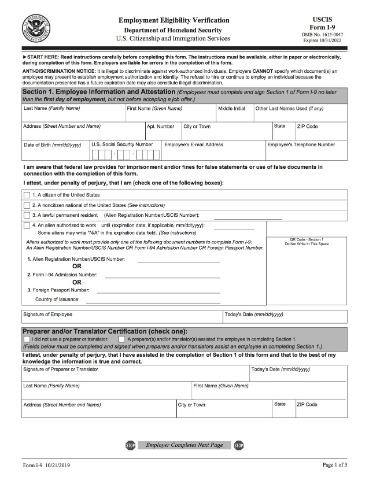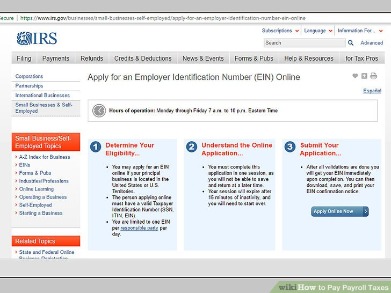Content

According to the World Trade Organization, merchandise exports worldwide were nearly US$15 trillion in 2010. The amount of worldwide merchandise exports in 2010 was more than twice the amount in 2003 (US$7.4 trillion) and more than four times the amount in 1993 (US$3.7 trillion). The top five exporting countries in 2010, in order, were China, the United States, Germany, Japan, and the Netherlands. In the United States alone, 293,131 companies were identified as exporters in 2010, but only 2.2% of those companies were large .
- Below are government and external resources that provide currency exchange rates.
- Currency translation allows a company with foreign operations or subsidiaries to reconcile all of its financial statements in terms of its local, or functional currency.
- Therefore, the Committee has not obtained evidence that the matter has widespread effect.
- Instead of simply using the current exchange rate, businesses may look at different rates either for a specific period or specific date.
- The capital redemption reserve is required to maintain the Group’s capital following the Group’s market purchases and subsequent cancellations of the Company’s share capital.
- Translation focuses on converting the functional currency for a subsidiary into the reporting currency for the parent company.
Functional CurrencyThe term functional currency represents the currency of the location in which business operates primarily, earns a significant portion of revenue, and incurs the cost to generate such profits. In short, it is the home currency of that country where the corporate headquarter is situated. Reporting currency is the currency used for an entity’s financial statements with the goal of using only one currency for ease of understanding. Translate all expense and revenue allocations using the exchange rates in effect when those allocations are recorded. Examples of allocations are depreciation and the amortization of deferred revenues. Armadillo Industries has a subsidiary in Australia, to which it ships its body armor products for sale to local police forces.
An overview of current practices
If your company frequently processes foreign currency transactions, it’s often time-consuming and can cause executives to make financial decisions based on dated financial reports. Other Comprehensive IncomeOther comprehensive income refers to income, expenses, revenue, or loss not being realized while preparing the company’s financial statements during an accounting period. The GAAP regulations require the items in the balance sheet be converted in accordance with the rate of exchange as on the date of balance sheet while the income statement items are converted according to the weighted average rate of exchange.
What is foreign currency translation in financial statements?
What is Foreign Currency Translation? Foreign currency translation is used to convert the results of a parent company's foreign subsidiaries to its reporting currency. This is a key part of the financial statement consolidation process.
One way that Foreign Currency Translation may hedge their net investment in a subsidiary is to take out a loan denominated in the foreign currency. If companies choose to hedge this type of risk, the change in the value of the hedge is reported along with the CTA in OCI.
Improvements to existing International Accounting Standards (2001-
The https://intuit-payroll.org/ is the primary currency the company uses for most of its business transactions. For example, this could be the currency of the country where the company’s main headquarters are located or where their primary operations are. Remember that because Company B’s functional currency is US dollars, they still record the transaction in USD even though they will be paid in EUR – the local currency. Let’s say Company A purchases office supplies from Company B on September 14th. Company A’s functional currency is Euros, and it agrees to pay 80,000 EUR for the equipment in 30 days.

